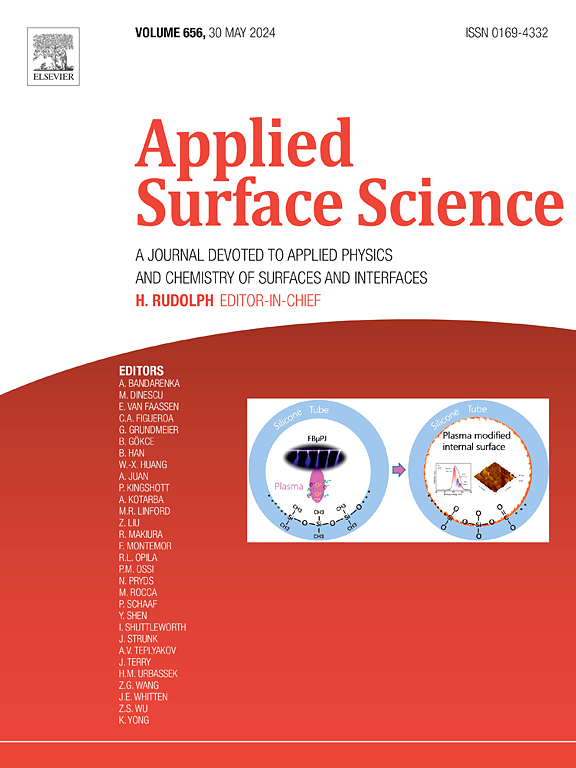Development of SnO2@C nanocomposites derived from cassava residues as a green anode for advanced lithium-ion batteries
IF 6.3
2区 材料科学
Q2 CHEMISTRY, PHYSICAL
引用次数: 0
Abstract
In this report, nanocomposites of SnO2 and carbon (SnO2@C nanocomposites) were synthesized by a solution-based method combined with calcination at 500 °C in Ar for 1 or 2 h, utilizing SnCl4·5H2O and cassava residues as the Sn and C precursors, respectively. Due to this unique structure, high first-cycle charge capacities of 716.6 and 837.2 mAh g−1 at 0.2 A g−1 were achieved for SnO2@C electrodes calcined for 1 h and 2 h, namely SnO2@C_1H and SnO2@C_2H, respectively. Furthermore, the SnO2@C_1H electrode maintained a capacity of 777.7 mAh g−1 after 200 cycles, with the coulombic efficiency approaching 100 % after the initial cycle. The rate capacity test also demonstrated that the high current density charging capability of the SnO2@C electrodes was superior, showing capacities of 738.1 mAh g−1 for SnO2@C_1H and 631.2 mAh g−1 for SnO2@C_2H at 5 A g−1. Last but not least, the pseudo behavior was also confirmed to be consistently higher at all scan rates, elucidating the fast-charging capability of the SnO2@C electrodes. With the improved performance, the SnO2@C_1H nanocomposite has demonstrated excellent electrochemical ability and is suitable for anode material of advanced lithium-ion batteries.


木薯渣SnO2@C纳米复合材料作为先进锂离子电池绿色阳极的开发
本文以SnCl4·5H2O为Sn前驱体,木薯渣为C前驱体,采用溶液法制备SnO2和碳纳米复合材料(SnO2@C纳米复合材料),并在500 °C氩气中煅烧1或2 h。由于这种独特的结构,对于分别煅烧1 h和2 h (SnO2@C_1H和SnO2@C_2H)的SnO2@C电极,在0.2 A g−1下,获得了716.6和837.2 mAh g−1的高第一循环充电容量。此外,SnO2@C_1H电极在200次循环后保持777.7 mAh g−1的容量,初始循环后库仑效率接近100% %。倍率容量测试还表明,SnO2@C电极具有较好的高电流密度充电能力,在5a g - 1时,SnO2@C_1H和SnO2@C_2H的倍率分别为738.1 mAh g - 1和631.2 mAh g - 1。最后但并非最不重要的是,伪行为也被证实在所有扫描速率下都始终较高,阐明了SnO2@C电极的快速充电能力。随着性能的提高,SnO2@C_1H纳米复合材料表现出优异的电化学性能,适合作为先进锂离子电池的负极材料。
本文章由计算机程序翻译,如有差异,请以英文原文为准。
求助全文
约1分钟内获得全文
求助全文
来源期刊

Applied Surface Science
工程技术-材料科学:膜
CiteScore
12.50
自引率
7.50%
发文量
3393
审稿时长
67 days
期刊介绍:
Applied Surface Science covers topics contributing to a better understanding of surfaces, interfaces, nanostructures and their applications. The journal is concerned with scientific research on the atomic and molecular level of material properties determined with specific surface analytical techniques and/or computational methods, as well as the processing of such structures.
 求助内容:
求助内容: 应助结果提醒方式:
应助结果提醒方式:


